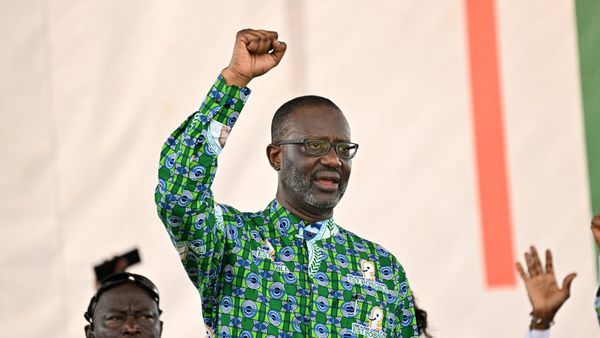
Robotaxi companies Cruise and Waymo were already in the doghouse as far as Jeanine Nicholson was concerned.
The San Francisco fire department chief, who this month snapped it wasn’t the job of firefighters to “babysit their vehicles”, now saw one of her trucks on the way to an emergency collide with a Cruise self-driving car just days after the duo received the green light to expand their operations in a controversial vote.
The General Motors-backed A.I. startup has now agreed with state traffic safety officials to immediately slash the size of its San Francisco fleet by half as a precautionary measure while the investigation is ongoing.
It’s a huge black eye for Cruise co-founder and CEO Kyle Vogt, who has touted the measured roll-out that began early last year as a means to galvanize support from local residents and city officials.
“We see San Francisco as a litmus test for the commercialization of robotaxis,” he told Bloomberg TV earlier this month, citing the city’s challenging topography, lower visibility due to heavy fog and high population density.
Should evidence emerge from Thursday’s crash that prompts the state of California to either suspend or revoke the deployment permits, it could force a change of plans for its ride-hailing ambitions.
Cruise has already announced plans to enter the Miami, Atlanta and Nashville in addition to Dallas and Houston. Alongside its home market of San Francisco, the company currently operates in the Texan capital of Austin—home to Tesla headquarters—as well as Phoenix.
Politicians in other cities and states are likely to have taken note of the controversial nature of the recent approval. A small panel of just four officials at the California Public Utilities Commission (CPUC) voted to lift restrictions on Cruise and Waymo robotaxis in the face of opposition from city residents otherwise used to finding themselves the first test subjects for disruptive new technologies.
CEO Vogt: there are 'no shortcuts' to launching self-driving cars
The crash, which injured the Cruise passenger badly enough to be sent to the hospital, prompted one elected city official to blast the state’s decision to remove all limits to robotaxis operating in San Francisco.
“This situation has gotten out of control,” wrote Dean Preston, a member of the city’s board of supervisors who represents the Tenderloin district where the collision occurred. “It’s irresponsible and reckless to allow this experiment to play out on our streets without limitation.”
On Friday, just hours after the collision occurred, the Cruise general manager for the San Francisco market attempted to explain away the incident, blaming extenuating circumstances.
“The AV’s ability to successfully chart the emergency vehicle’s path was complicated by the fact that the emergency vehicle was in the oncoming lane of traffic, which it had moved into to bypass the red light,” said Cruise exec Greg Dieterich in a post.
While the fire department truck had not been in its lane, that is little excuse. The importance of properly recognizing and responding to the unpredictable approach of first responder vehicles—which are permitted to breach normal traffic laws when enroute to an emergency scene—has been a top concern for the automotive industry and regulators for years now.
Cruise CEO Vogt, who has called the launch of self-driving cars “one of the ultimate A.I. challenges”, may have his work cut out now that one of his retrofitted Chevrolet Bolts directly interfered with Nicholson’s San Francisco firefighters carrying out their duties.
“Unlike other AI products where you can launch a product out there in the public as soon as it’s kind of working, in our case that technology really had to be matured and made robust before we put it out there on the roads,” he told Bloomberg in the Aug. 11 interview. “There are no shortcuts.”
It’s doubtful last week’s crash will change the fire department chief staunch opposition to his computer-driven vehicles.







